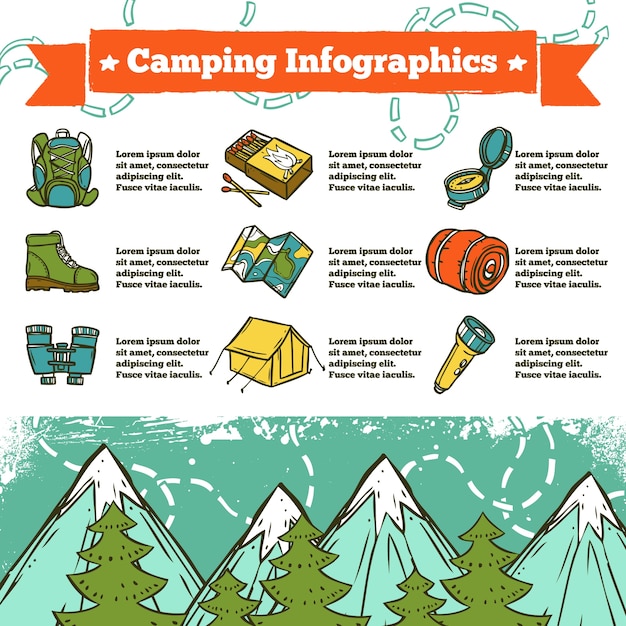Building Trust And Your Online Camping Tents Operation When You Sell Camping Tents
Building Trust And Your Online Camping Tents Operation When You Sell Camping Tents
Blog Article
Does Your Backpacking Outdoor Tents Required an Impact?
An impact is costly and includes additional weight to your backpack. It likewise isn't especially long lasting.
Should you put a tarp over your tent?
Eventually, whether or not a camping tent impact is needed depends upon where and exactly how commonly you're camping. As a whole, it's an excellent concept to make use of one if you camp on unpleasant surface areas or in damp problems.
Camping Tents with Reduced Deniers and Water Resistant Scores
Tents with lower deniers and waterproof ratings tend to be lighter, but they can additionally be extra breakable. They might call for even more regular repair services and have less interior area than tougher models. If you're a casual backpacker who suches as to take a trip rapid and light, this could be great; nevertheless, more skilled hikers know that giving up longevity can feature large repercussions down the path.
The denier and waterproof rating of a tent's cover, rainfly, and flooring can assist you identify its livability. Search for higher-denier fabrics on the canopy and rainfly, along with taped joints that assist avoid water from seeping through stitches. Some suppliers also utilize warm and sealant during building and construction to develop a more powerful seam; these are called welded joints.
The livability of a camping tent can likewise be identified by its floor measurements and capability. A camping tent's floor need to be somewhat smaller than the footprint to stop water from merging under the shelter.
Tents in Rough Surface
Lots of backpacking camping tents include an impact created particularly for their model, which aids guarantee a proper fit and shields the outdoor tents's base from wetness and sharp objects. Various other makers sell global impacts that can be cut or folded up to match a camping tent's dimensions.
The sort of surface you'll experience is another vital consideration for choosing an outdoor tents. For example, if you'll be camping in a canyon or gully, look for a sanctuary that can manage strong winds. These problems produce turbulence that can make the distinction between appreciating your campground or enduring pain.
The capacity and optimal height of an outdoor tents provide you a good concept of its livability, however additional aspects to consider consist of vestibules (the section of the rainfly covering the doors) and total storage area. For example, throughout our winter season screening of the Marmot Tungsten, its generous 93-by-82-inch flooring easily took care of four sweaty backpackers and their puffier shoulder period sleeping bags while still leaving adequate room for equipment and people.
Outdoors Tents in Wet Issues
Even if your tent shows up dry, dampness lurks in the spaces and crannies. In time, it can weaken the material. That's why it's so vital to make use of rest days to deep-clean your camping tent and its components, such as zipper cellular linings, stake loops and flexible webbing straps.
Additionally, ensure to pitch your outdoor tents in a flat location, not a divot or concave spot, to make sure that ground water doesn't gather in between the tent flooring and impact or tarp. And if you're making use of a footprint, think about a custom-cut one designed for your camping tent's layout. It won't accumulate rainwater the method a generic ground cloth or tarp can.
Technique setting up and removing your outdoor tents in your home prior to you hit the trail, to get a feel for just how quickly and effectively you can do it. Additionally, method surveying your tent in different surfaces to see outdoor tent how simple it is (or isn't) to do in bad climate condition.
Tents in High-Rise Situations
Camping tents vary in floor size and livability. As an example, a large camping tent with twin doors and vestibules like Marmot's Tungsten can handle four backpackers without calling for gymnastics to enter and out or to save gear.
The minimum route weight requirements is the best specification to contrast models, as it includes the bare basics: tent body, rainfly and poles. However remember that the spec omits camping tent risks, guy lines and stuff sacks.
A lot of backpacking tents can hold up to a light summertime tornado, yet some can be swept away by gale-force gusts. Look for a design with solid posts, an elevated bathtub-style floor and seam taping to minimize the opportunity of water seeping through. More expensive layouts additionally tend to feature stronger products that can stand up to the impact of debris and other pressures.
What is the lightest 2 person backpacking tent?
